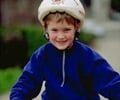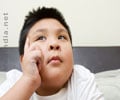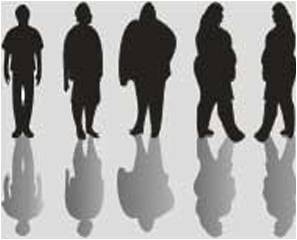Children who perceived themselves as being fat at the start of the study had a higher increase in body mass index over time than those with an average body image.

‘Resolving negative body image among children could bring great self-motivation toward a healthy lifestyle.’





Boys, young children, and rural children had higher body mass index increases than their counterparts. Over time, a thin body silhouette became more desirable. The study analyzed data on 4,605 children aged 6-17 years at baseline.
Source-Eurekalert









